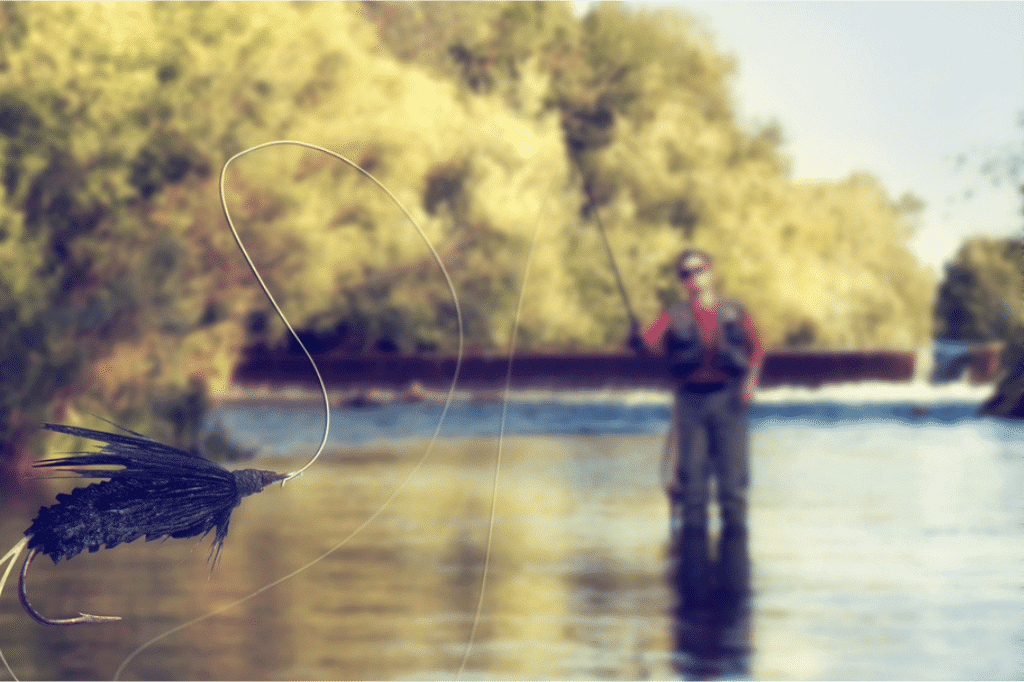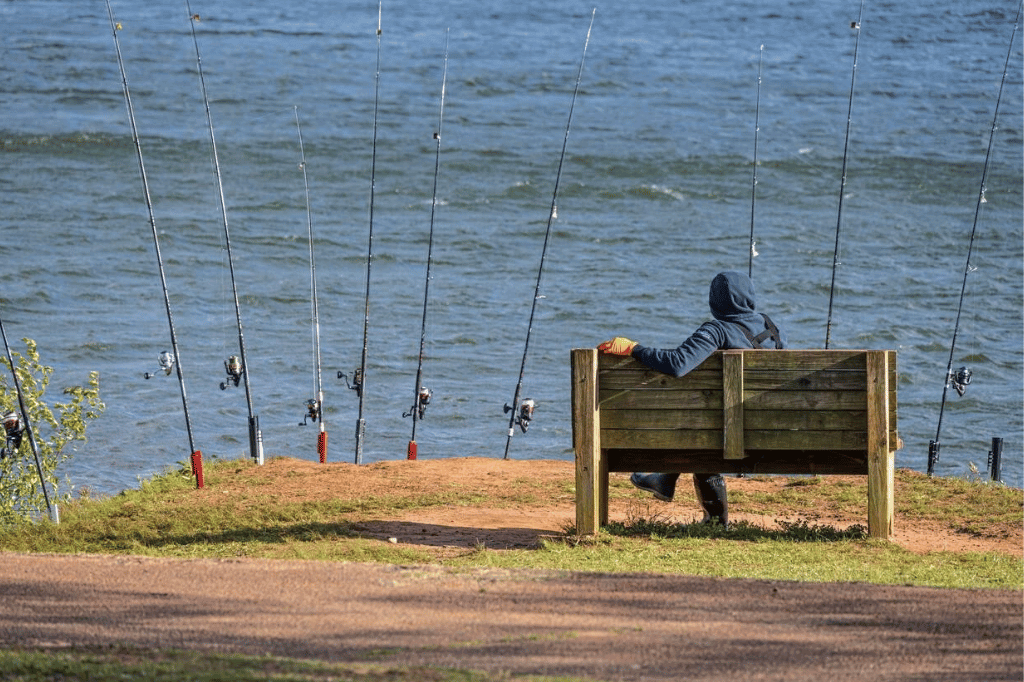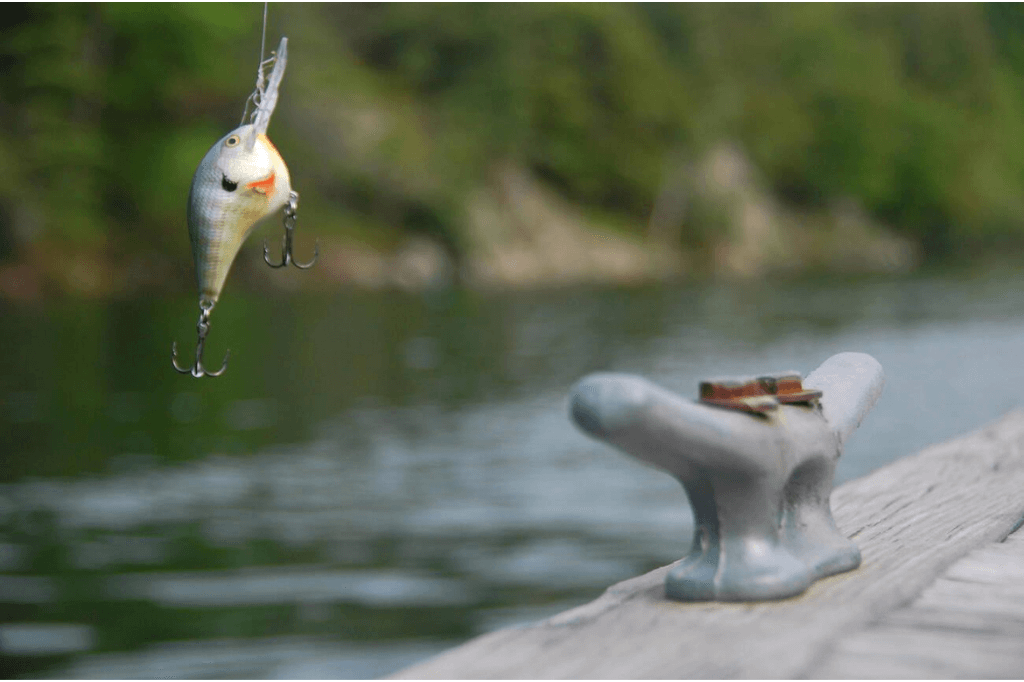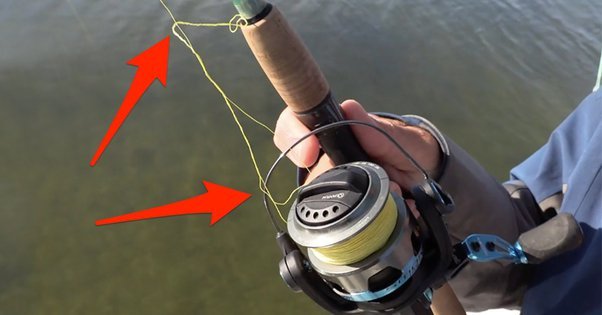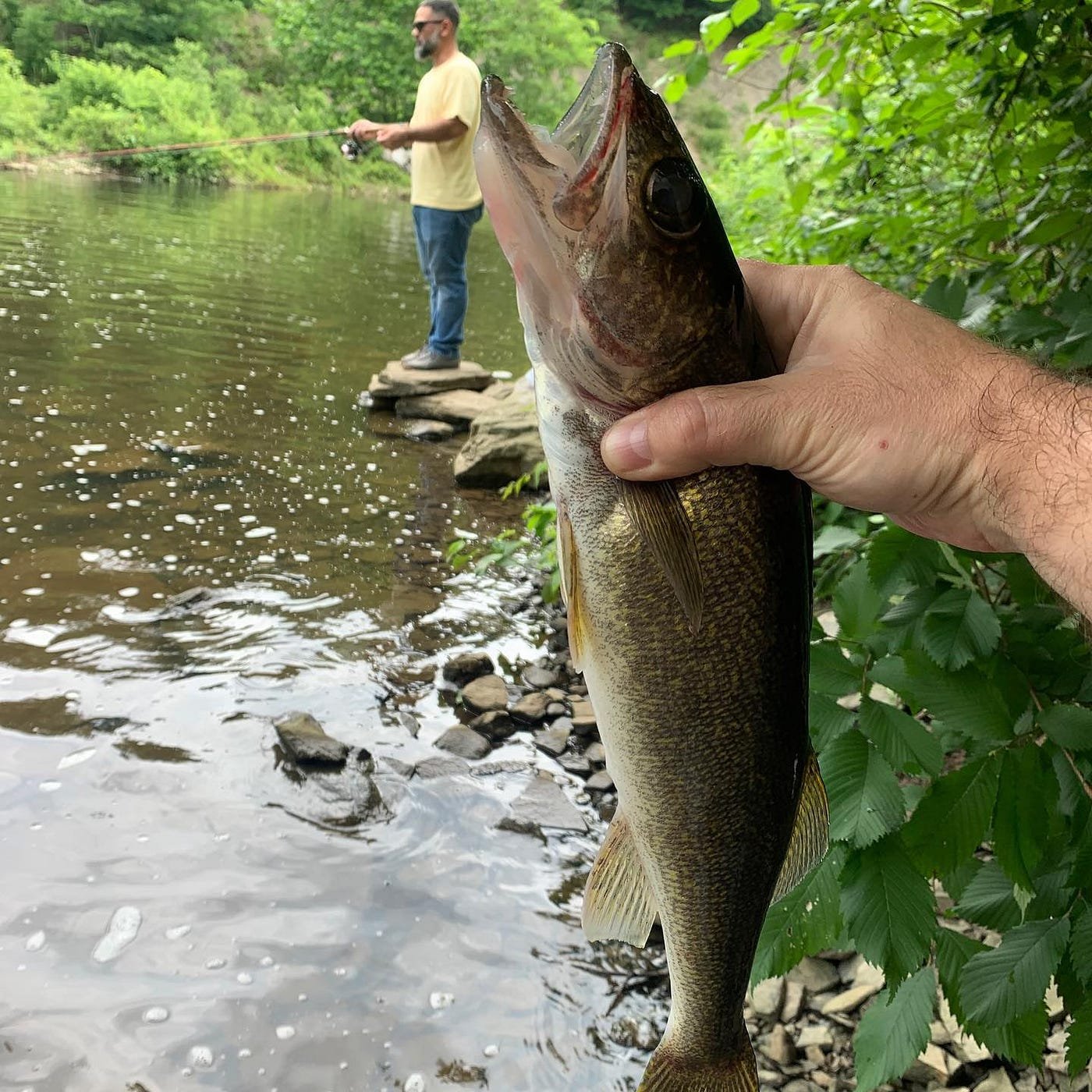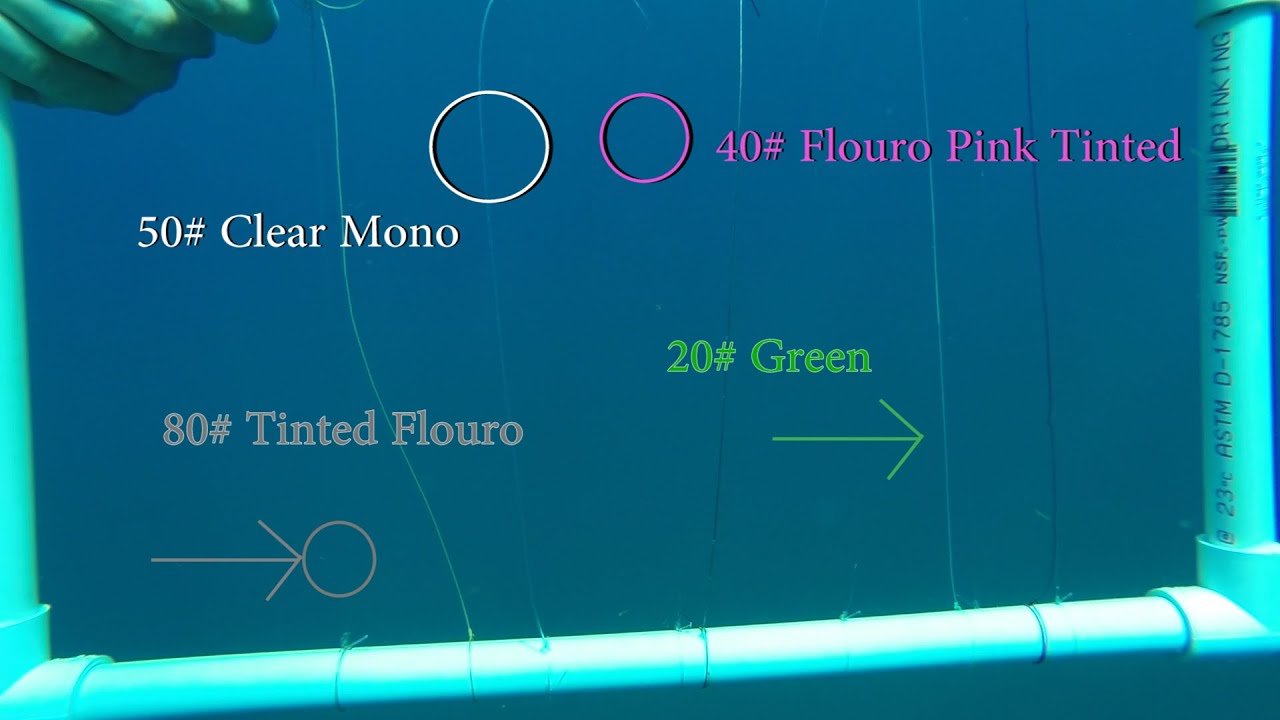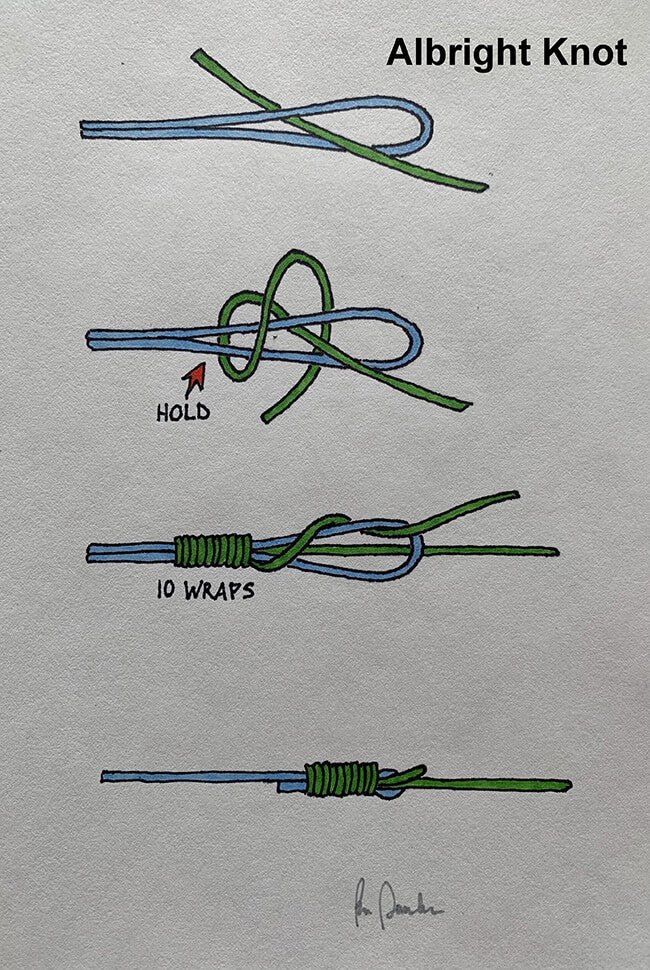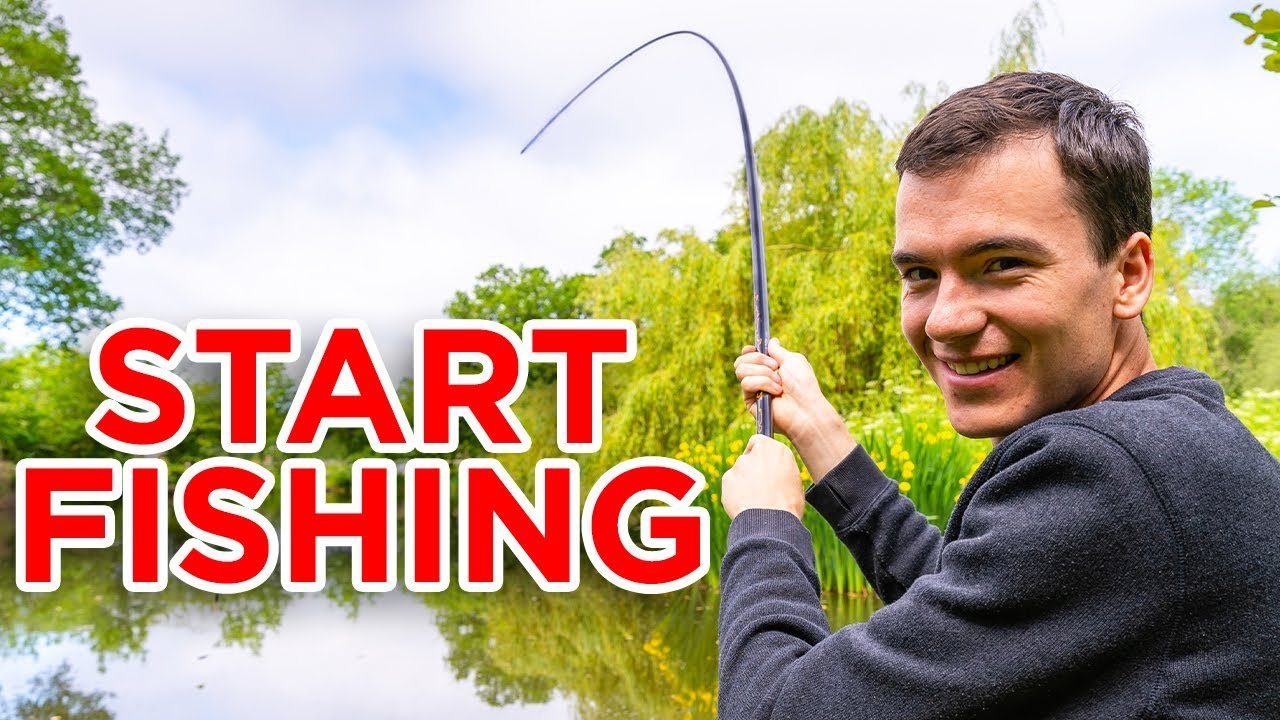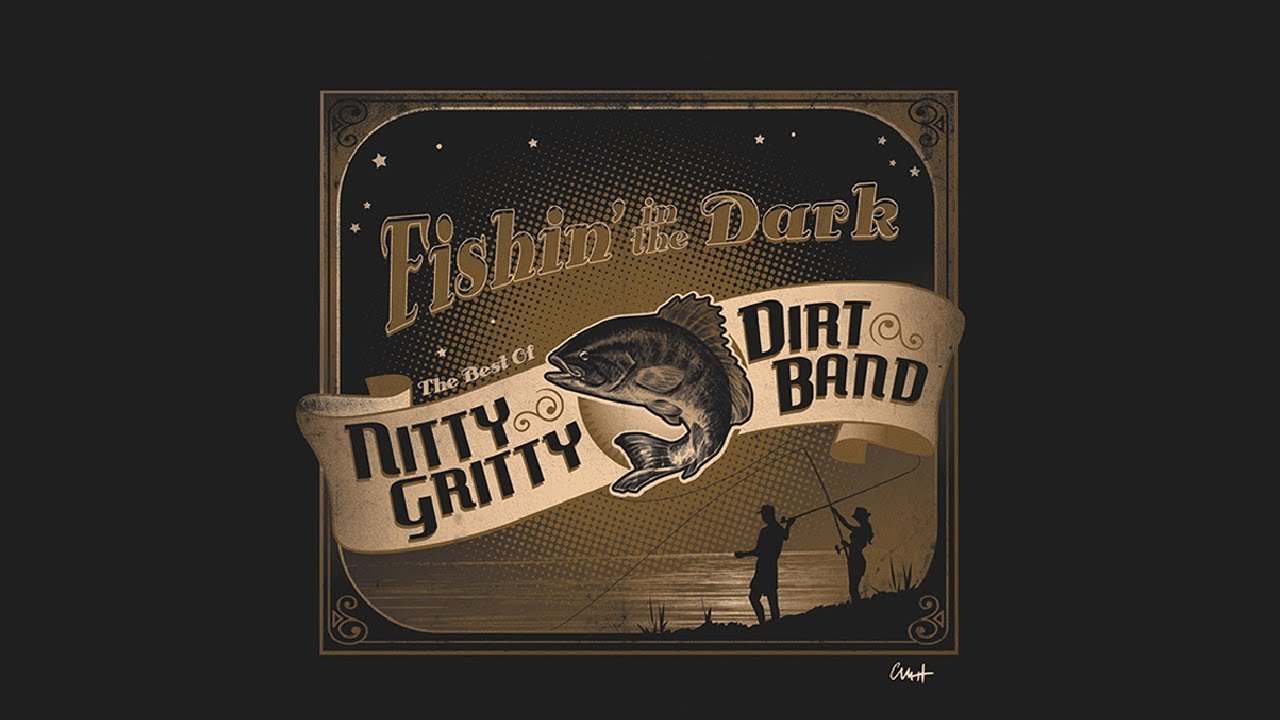Fishing tackle bags are designed to keep your gear organized and easily accessible. They come in various sizes and styles to suit different needs. Many bags feature multiple compartments, durable materials, and waterproof designs. These bags help anglers stay organized and prepared.
Quality tackle bags ensure quick access to lures, hooks, lines, and other essentials. Investing in a good fishing tackle bag can enhance your fishing experience. It eliminates the hassle of searching for gear and protects it from damage. Choose a bag that fits your specific fishing style and needs.
Introduction To Fishing Tackle Bag Preparation
Every fishing trip begins with a well-prepared fishing tackle bag. A well-organized bag can make or break your fishing experience. It ensures you have all the essentials at your fingertips. This preparation can save time and boost your chances of a successful catch. Whether you are a beginner or a pro, packing your bag right is crucial.
Why A Well-packed Bag Matters
A well-packed bag means you can find your gear quickly. You won’t waste time searching for hooks or lures. This efficiency lets you focus on fishing. Also, a tidy bag prevents damage to your gear. Proper organization can extend the life of your tools. A good bag also offers comfort and easy access. It should distribute weight evenly, reducing strain on your shoulders.
Imagine reaching for a lure and finding it tangled. This can lead to lost catches and frustration. With a well-packed bag, everything stays in its place. Quick access to tools can make a significant difference. You can respond faster to changes in fishing conditions.
The Beginner Vs. Pro Tackle Bag
Beginners and pros have different needs in a tackle bag. A beginner’s bag might have basic items. These include hooks, lines, a few lures, and pliers. The focus is on learning and having fun. Simplicity is key for beginners. Too much gear can be overwhelming.
On the other hand, a pro’s tackle bag is more advanced. It includes various types of lures, hooks, and specialized tools. Pros need a wide range of options to adapt to different conditions. Their bags often have compartments for easy organization. They carry extra lines, multi-tools, and even first-aid kits. The goal is to be ready for any situation.
| Item | Beginner | Pro |
|---|---|---|
| Hooks | Basic Set | Multiple Types |
| Lures | Few Basic Lures | Wide Variety |
| Tools | Pliers | Multi-Tools |
| Lines | One Type | Extra Lines |
| Extras | N/A | First-Aid Kit |
Whether you are new or experienced, packing your tackle bag right is essential. It can make your fishing trip enjoyable and successful. Always check your bag before heading out. Happy fishing!
Choosing The Right Tackle Bag
Picking the perfect tackle bag can make your fishing trips more enjoyable and organized. A good tackle bag keeps your gear safe and easy to reach. Let’s explore key factors to consider.
Size And Portability
The size of the tackle bag is crucial. You don’t want a bag that’s too big or too small. Think about the amount of gear you usually carry. For short trips, a small or medium-sized bag might suffice. For longer trips, a larger bag with more space is ideal.
Portability is also important. Lightweight bags are easier to carry, especially when hiking to your fishing spot. Look for bags with comfortable straps or handles. A bag with adjustable straps can fit anyone perfectly.
Material And Durability
Durability is a key factor. Your tackle bag should withstand harsh weather and rough handling. Water-resistant materials help keep your gear dry. Materials like nylon or polyester are strong and long-lasting.
Check if the bag has reinforced stitching. This ensures the seams won’t rip easily. A durable bag will protect your gear for many fishing trips.
Compartments And Accessibility
Compartments help keep your gear organized. Look for bags with multiple pockets and dividers. This makes finding your tackle easy and quick. Clear plastic pockets can help you see what’s inside without opening them.
Accessibility is also key. Bags with easy-to-open zippers or Velcro closures are ideal. You want to grab your gear quickly, especially when you catch a fish. Make sure the main compartment is spacious enough for your biggest items.
Here is a quick comparison table:
| Feature | Importance |
|---|---|
| Size | Matches your gear amount |
| Portability | Easy to carry |
| Material | Durable and weather-resistant |
| Compartments | Keeps gear organized |
| Accessibility | Quick gear access |
Choosing the right tackle bag ensures a smooth and enjoyable fishing experience. Happy fishing!
Basic Fishing Tackle To Include
Fishing becomes easier with the right gear. A well-stocked fishing tackle bag is essential. Here, we’ll cover the basic items every angler should have in their bag.
Hooks, Lines, And Sinkers
Hooks, lines, and sinkers are the core of any fishing tackle. Always pack a variety of hooks. Different fish require different hook sizes and types. Be sure to include:
- J-hooks for general use
- Circle hooks for catch and release
- Trebles hooks for lures
Fishing lines come in many types and strengths. Keep both monofilament and braided lines in your bag. Monofilament lines are easy to handle. Braided lines are stronger and more durable.
Sinkers help your bait reach the fish. Use different weights for various water conditions. Pack split shot and egg sinkers for versatility.
Variety Of Lures
Lures attract fish by mimicking their prey. Different lures work for different types of fish. Include:
- Crankbaits for bass
- Spinnerbaits for pike
- Soft plastics for a natural look
Use bright colours in murky water. Choose natural colours in clear water. Always have a mix of sizes and colours.
Bobbers And Swivels
Bobbers and swivels make your fishing easier. Bobbers keep your bait at the right depth. They also signal when a fish bites. Include both round and slip bobbers in your bag.
Swivels prevent your line from twisting. They also allow you to change lures quickly. Pack barrel swivels and snap swivels for convenience.
| Item | Purpose |
|---|---|
| Hooks | Catch fish |
| Lines | Connects hook to rod |
| Sinkers | Weigh down bait |
| Lures | Attract fish |
| Bobbers | Keep bait at depth |
| Swivels | Prevent line twist |
Tools Of The Trade
A well-organized fishing tackle bag is essential for any angler. The right tools can make a big difference in your fishing success. Let’s dive into some essential tools that should be in every angler’s tackle bag.
Pliers And Scissors
Pliers are versatile tools. You need them to remove hooks from fish and to cut wire. They also help in crimping sleeves and opening split rings. Pliers come in many sizes, so choose one that fits your hand well.
Scissors are equally important. Use them to cut fishing line and other materials. Sharp scissors are crucial for clean cuts, especially with braided lines. Ensure they are rust-resistant for long-lasting use.
Line Cutters
Line cutters are small but mighty. They are designed specifically to cut fishing lines. These tools are more efficient than scissors for quick cuts. Line cutters can easily snip through braided and monofilament lines.
Some line cutters come with a retractable design. This makes them convenient to carry and use. Always keep them handy for those quick line adjustments.
Fish Grippers
Fish grippers are essential for handling fish safely. They help you hold the fish without harming it. This tool is especially useful for larger fish. Grippers prevent the fish from slipping out of your hands.
Many fish grippers have a locking mechanism. This ensures a secure hold on the fish. Look for grippers made from durable materials. Stainless steel or aluminium are good choices for longevity.
| Tool | Function | Material |
|---|---|---|
| Pliers | Remove hooks, cut wire, crimp sleeves | Stainless Steel |
| Scissors | Cut fishing line | Rust-resistant steel |
| Line Cutters | Cut fishing line quickly | Metal with a retractable design |
| Fish Grippers | Hold fish securely | Stainless steel or aluminium |
Having these essential tools in your fishing tackle bag can make your fishing trips more efficient and enjoyable. Make sure to choose high-quality tools for the best performance.
Personal Items And Comfort
Ensuring you have the right personal items in your fishing tackle bag can make your trip more enjoyable. Comfort is key to a great fishing experience. Let’s explore some essentials that can enhance your comfort during your fishing adventure.
Sun Protection
Protecting yourself from the sun is crucial during long fishing trips. Pack items like:
- Sunscreen with high SPF
- A wide-brimmed hat
- Sunglasses with UV protection
- Lightweight, long-sleeve shirts
These items help prevent sunburn and keep you cool.
First Aid Kit
A first aid kit is essential for handling minor injuries. Your kit should include:
| Item | Purpose |
|---|---|
| Band-aids | For small cuts and scrapes |
| Antiseptic wipes | To clean wounds |
| Pain relievers | For headaches or minor pain |
| Tweezers | To remove splinters |
Having these items ensures you are prepared for any minor emergencies.
Snacks And Hydration
Staying hydrated and energized is vital during fishing. Pack plenty of:
- Water bottles
- Electrolyte drinks
- Healthy snacks like granola bars, nuts, and fruit
These items help keep your energy levels high throughout the day.
Adapting To Different Fishing Environments
Adapting to different fishing environments requires the right gear and preparation. Each environment presents unique challenges and opportunities. Your fishing tackle bag should be equipped accordingly. This ensures a successful and enjoyable fishing experience.
Freshwater Vs. Saltwater Gear
Freshwater and saltwater fishing require different gear. Freshwater gear is designed for lakes, rivers, and ponds. Saltwater gear is made for the ocean and coastal areas. The main difference is the material. Saltwater gear is more resistant to corrosion.
| Freshwater Gear | Saltwater Gear |
|---|---|
| Lightweight rods | Heavy-duty rods |
| Freshwater lures | Saltwater lures |
| Mono line | Braided line |
Targeted Species Tackle
Different species require different tackle. Targeting bass, trout, or catfish in freshwater? Use specific lures and bait. For saltwater, targeting species like tuna or marlin? Use heavier tackle.
- Bass: Spinnerbaits, plastic worms
- Trout: Flies, small spoons
- Catfish: Stink bait, live bait
- Tuna: Large jigs, trolling lures
- Marlin: Big game lures, live bait
Weather-appropriate Clothing
Weather can change quickly. Be prepared with the right clothing. In cold weather, wear layers and waterproof gear. In hot weather, wear breathable, UV-protective clothing.
- Cold Weather: Thermal layers, waterproof jacket, gloves
- Hot Weather: Lightweight shirts, hats, sunglasses
- Rainy Weather: Raincoat, waterproof boots
Adjust your clothing based on the forecast. This keeps you comfortable and safe.
Technical Additions For The Pro Angler
For the dedicated angler, a fishing tackle bag is more than just storage. It is a toolkit that holds all the essential gear for a successful fishing trip. Today’s tackle bags come with technical additions that elevate the angling experience to a professional level. Let’s delve into some of these advanced features.
Electronic Devices
Modern fishing tackle bags often include compartments for electronic devices. These devices can range from simple fish counters to sophisticated smartphones and tablets. A waterproof pocket ensures these gadgets stay dry.
- Portable Chargers: Keep your devices powered up during long trips.
- Waterproof Cases: Protect your electronics from water damage.
- LED Lights: Illuminate your bag’s contents in low light conditions.
Gps And Fish Finders
A key feature in high-end tackle bags is space for GPS units and fish finders. These tools are crucial for locating the best fishing spots.
| Device | Purpose |
|---|---|
| Handheld GPS | Track your location and mark fishing spots |
| Fish Finder | Identify fish and underwater structures |
- Mounting Brackets: Securely attach your devices to the bag.
- Battery Compartments: Store extra batteries for extended use.
Specialized Baits And Attractants
Pro anglers use a variety of specialized baits and attractants to lure fish. A well-organized tackle bag can make all the difference.
- Dedicated Compartments: Separate areas for different types of baits.
- Airtight Containers: Keep attractants fresh and potent.
- Easy Access Pockets: Quickly grab what you need during a catch.
With these technical additions, a fishing tackle bag becomes an indispensable tool for the pro angler. These features not only enhance convenience but also contribute to successful fishing trips.
Maintenance And Storage
Maintaining and storing your fishing tackle bag is crucial for preserving the longevity of your gear. A well-maintained tackle bag ensures that your equipment is always ready for the next fishing trip. Proper storage also helps in keeping your gear organized and easily accessible.
Cleaning Your Gear
Regular cleaning of your fishing tackle bag and gear is essential. Wipe down your tackle bag with a damp cloth to remove dirt and grime. Use mild soap and water for a deeper clean. Ensure all zippers and pockets are free of debris. Rinse your fishing lures and hooks with fresh water after each use. This helps in preventing rust and corrosion. Dry all components thoroughly before storing them back in the bag.
Organizing Your Tackle
Organizing your tackle is key to quick and efficient fishing. Sort your lures, hooks, and baits into separate compartments. Use small plastic containers or zip lock bags to keep similar items together. Label each compartment for easy identification. Arrange your gear based on frequency of use. Keep the most-used items in easily accessible pockets. Utilize dividers to separate different types of tackle and prevent tangling.
Storing Your Tackle Bag
Proper storage of your tackle bag can extend its life. Store your tackle bag in a cool, dry place. Avoid areas with high humidity to prevent meld and mildew. Hang your bag if possible to maintain its shape. If hanging is not an option, place it on a shelf or in a storage bin. Ensure the bag is fully closed to keep out dust and pests. Use silica gel packs inside the bag to absorb any moisture.
Conclusion: Checklist Before Heading Out
Preparing for a fishing trip involves more than just grabbing your rod and reel. Ensuring your fishing tackle bag is well-stocked and organized is crucial for a successful day on the water. Use this checklist to make sure you have everything you need.
Final Review Of Tackle Bag Contents
Before leaving, take a moment to review the contents of your tackle bag. Double-check that you have all the essential items.
| Item | Check |
|---|---|
| Fishing License | ✔️ |
| Hooks and Weights | ✔️ |
| Extra Line | ✔️ |
| Bobbers | ✔️ |
| Lures | ✔️ |
| First Aid Kit | ✔️ |
Anticipating The Catch
Prepare for different types of fish you may catch. Bring a variety of lures and baits. This increases your chances of success.
- Soft Plastics: Great for bass and other freshwater fish.
- Spoon Lures: Effective for catching trout and pike.
- Live Bait: Always a good backup option.
Leaving Room For The Unexpected
Always leave some space in your tackle bag. You might find new gear along the way or need to store a catch.
- Keep a waterproof pouch: Useful for storing valuable items.
- Extra storage bags: Handy for unexpected finds.
- Portable multi-tool: Ideal for quick fixes.
Ensuring your tackle bag is well-prepared can make or break your fishing trip. Stay organized and keep a checklist handy.
Frequently Asked Questions
How Do You Store Fishing Tackle?
Store fishing tackle in a tackle box with compartments. Keep lures, hooks, and lines organized. Use labelled containers for small items. Clean and dry tackle before storage to prevent rust. Store in a cool, dry place.
How Do You Pack A Tackle Bag?
Organize tackle by type. Use separate compartments for lures, hooks, and tools. Keep heavier items at the bottom. Store frequently used gear on top. Ensure everything is secure and accessible.
What Is A Tackle Box Used For In Fishing?
A tackle box stores fishing gear like hooks, lures, lines, and tools. It keeps everything organized and easily accessible.
Does The Tackle Box Stack With The Tackle Bag?
Yes, the tackle box stacks with the tackle bag. This combination allows for better organization and more storage.
Conclusion
A fishing tackle bag is essential for every angler. It keeps gear organized, safe, and easily accessible. Investing in a quality bag enhances your fishing experience. Choose one that fits your needs and enjoy more successful fishing trips. Your perfect tackle bag awaits, ready to make your next adventure smoother and more enjoyable.

















